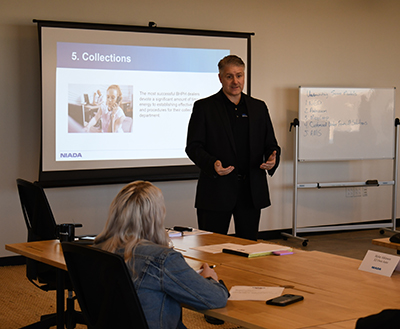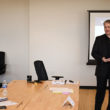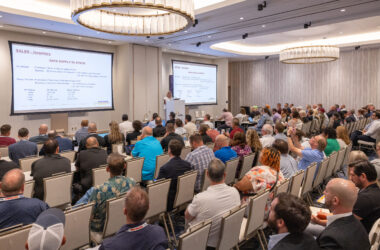With interest rates rising and inflation still hovering around 5 percent, money is tightening for many Americans.
Delinquencies and bankruptcies are both starting to increase.
According to data from Experian and the U.S. Bureau of Labor Statistics, bankruptcy petitions increased by 7 percent in September 2022. People seeking financial relief through restructuring debt are also increasing, after many of the stimulus programs during the COVID-19 economic recovery have expired.
“Filings are going up because people can’t afford payments,” said NIADA 20 Group Moderator Bill Elizondo.
Even as finances are tightening, the labor market remains strong. Unemployment is still at a 50-year low and people still need transportation to get to work. This is creating additional opportunities for buy-here, pay-here dealers (BHPH), as pointed out Wednesday during NIADA’s Buy-Here, Pay-Here New Dealer Academy.
“This is the absolute best time to get into buy here-pay here,” said NIADA 20 Group Moderator Ben Goodman.
As pointed out by Goodman and Elizondo, the model is one of a finance and collections business, with the vehicle being the commodity.
“You’re selling a finance program. It’s designed to help the customer rebuild their credit,” Goodman said.
The class covered many current BHPH trends.
Data compiled through NIADA’s 20 Groups, show the average amount financed in 2022 BHPH deals was north of $12,000. The deal structure called for $1,300 in a down payment and the cash-in at $7,891.
Goodman and Elizondo stressed the need for increasing the down payment.
“Success is about managing risk,” Goodman said.
Reconditioning costs have been rising, hitting $1,100 in 2022, an increase of approximately $200 in the past year. The gross per unit has also increased by more than $300 to $6,100.
The class continued Thursday with Goodman and Elizondo providing insights and best practices for the BHPH model.










